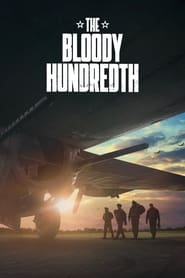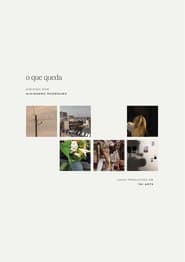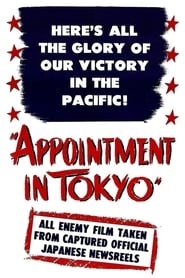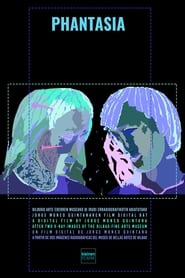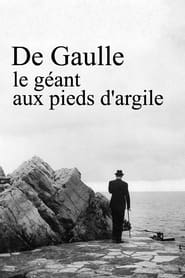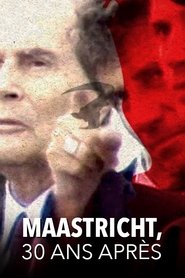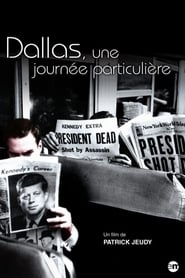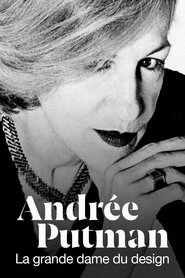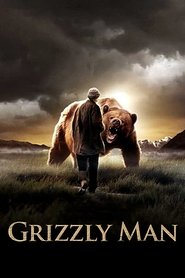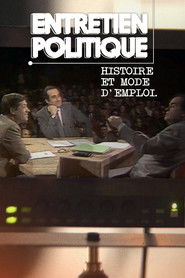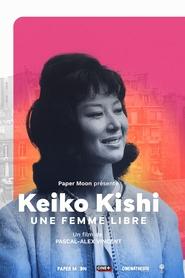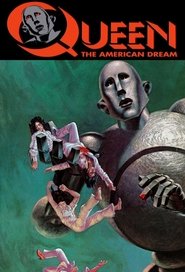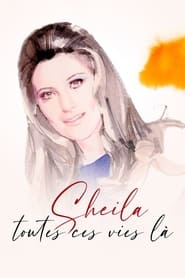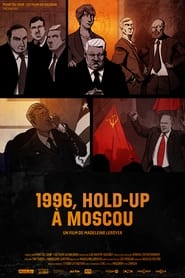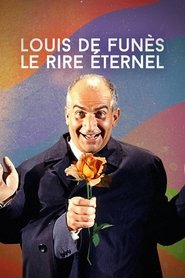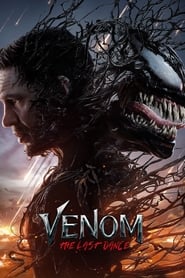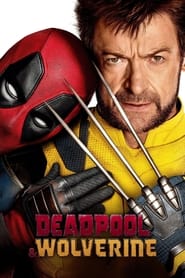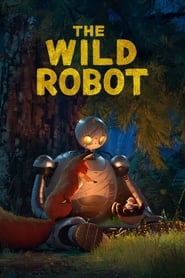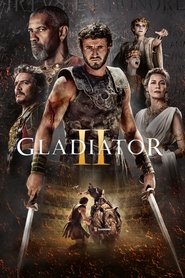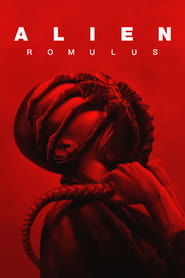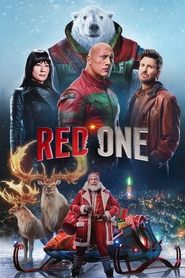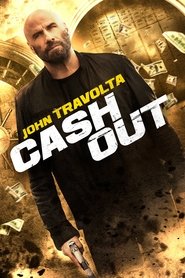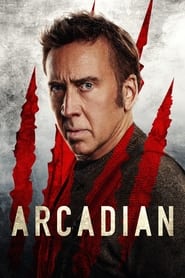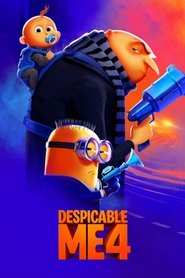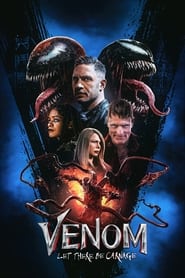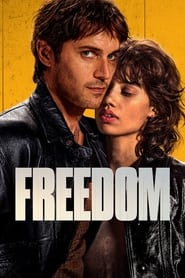
Everything's for You 1989
0.00/10 by 0 users
Filmmaker Abraham Ravett attempts to reconcile issues in his life as the child of a Holocaust survivor in this experimental non-narrative film. Ravett reflects upon his relationships with his family, from his now-deceased father (who survived both the Lodz Ghetto and Auschwitz) to his own young children. He utilizes family photographs and film footage, archival film footage from the Ghetto Fighters' House in Israel, cell animation by Emily Hubley, and computer graphics to create a film about memory, death, and what critic Bruce Jenkins calls "the power of the photographic image and sound to resurrect the past."
- Title: Everything's for You
- Year: 1989
- Genre: Documentary
- Country: United States of America
- Studio:
- Director: Abraham Ravett
- Cast:
- Crew: Abraham Ravett (Director)
- Keyword: archive footage
- Release: Jan 01, 1989
- Runtime: 58 minutes
- IMDb: 0.00 / 10 by 0 users
- Popularity: 0
- Budget: $0
- Revenue: $0
- Language: English,
 Apple TV
Apple TV Google Play Movies
Google Play Movies Fandango At Home
Fandango At Home Netflix
Netflix Amazon Prime Video
Amazon Prime Video Amazon Video
Amazon Video MUBI
MUBI